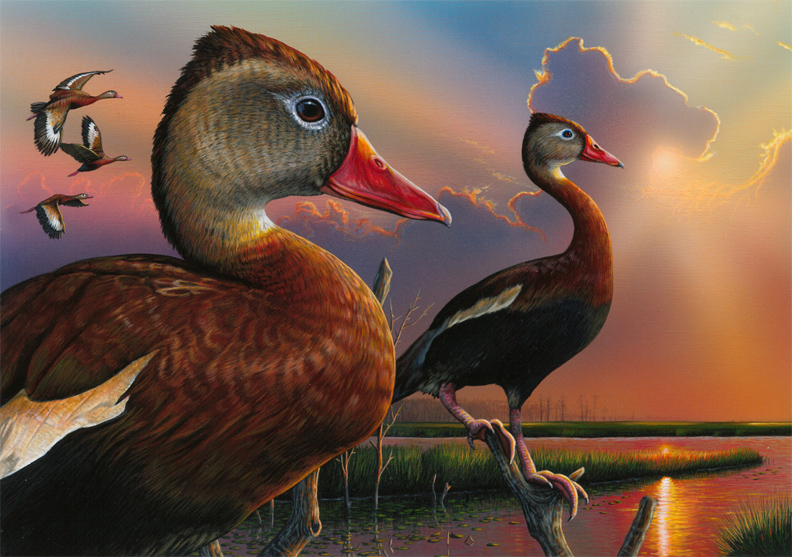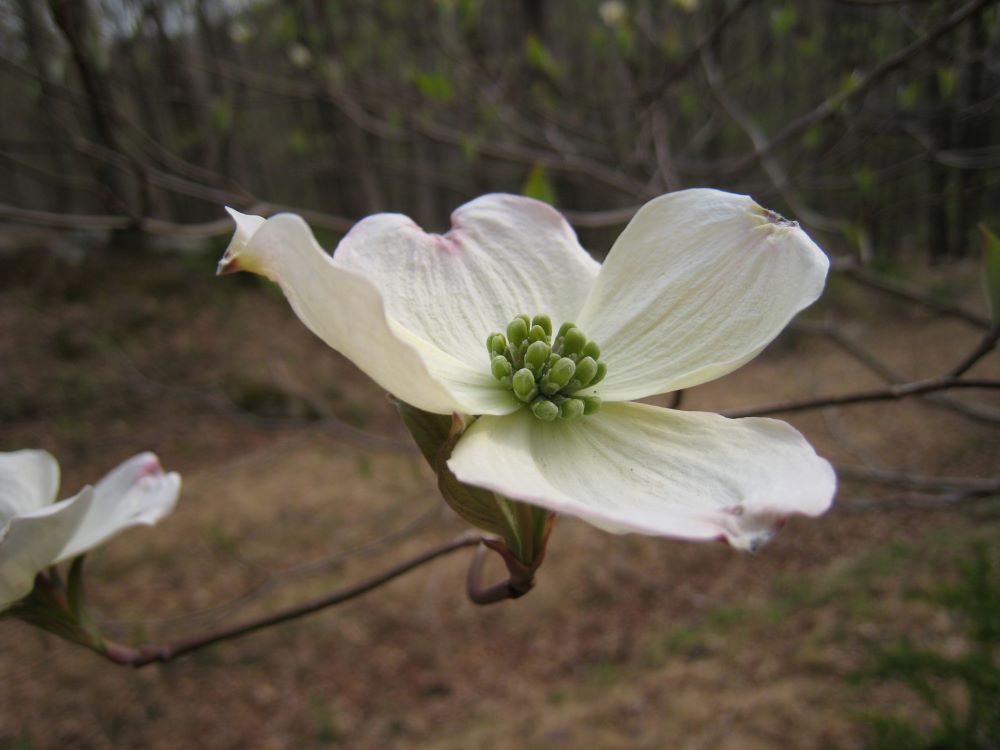Come along with Friends volunteer Tom Gula for a summer walk along the Bockoven Trail at the Great Swamp National Wildlife Refuge as he points out interesting things you would see, including a newly hatched snapping turtle and a young racoon exploring the woods.
Friends and staff of Great Swamp NWR pay tribute to Rich Guadagno, a recipient of the Department of Interior’s Valor Award for his heroism on September 11, 2001
On September 29, 2012, family members, Refuge staff, and Friends gathered to dedicate the Visitor Center pavilion in memory of Richard J. Guadagno and to celebrate what would have been his fiftieth birthday. The dedication included the unveiling of a memorial rock and a plaque with the following inscription.
RICHARD J. GUADAGNO
SEPTEMBER 26, 1962 – SEPTEMBER 11, 2001
Richard J. Guadagno, a U.S. Fish & Wildlife Service (USFWS) employee, passionately devoted his life to the conservation of natural resources. He was the Refuge Manager of Humboldt Bay National Wildlife Refuge in California and a trained law enforcement officer when his flight, United Airlines 93, was hijacked by terrorists on September 11, 2001. Rich was among the brave passengers and flight crew whose heroic actions prevented further tragedy that fateful day.
Rich grew up in New Jersey and graduated from Rutgers University in 1984. After several positions with NJ Fish & Wildlife and USFWS, his first refuge manager position, as a trainee, was obtained at Great Swamp in 1988. Rich managed four more refuges before moving to Humboldt Bay NWR in 2000.
WE WILL NEVER FORGET
If you’re stuck at home with the kids, or even by yourself, here’s a chance to get out to the Refuge and tour the Wildlife Observation Center…virtually, that is. Volunteer Susan Katz offers some background and points out a number of the natural wonders to be found in one of the most popular sites of the Great Swamp NWR.
This, and other videos, are available on our YouTube channel. Click on the “Subscribe” button to receive alerts of new videos as they are added.

The Nominating Committee of the Friends of Great Swamp NWR is looking for potential candidates to replace current board members who are leaving the board at the end of the year.
Ours is a working board and we encourage anyone with interests and skills in one or more of the following areas to contact us.
- Finance: accounting, budgeting, QuickBooks
- Communications and social media
- Technology
- Interpretation/ Program development
- Construction projects leadership
- Nonprofit leadership experience
- Inspiring volunteers
Board members serve two-year terms and are expected to attend monthly evening board meetings as well as serve on one or more committees.
If you are intrigued and/or would like additional information, please email Kathy Woodward at candk@woodwards.us or Randi Emmer at rsemmer@optimum.net by August 15.
A member of the Nominating Committee will contact you to discuss the role of board director. Elections will be held at the Friends Annual Business Meeting, December 5, 2020.
We need an energetic, committed board team to move us forward. We would love to hear from you!

One thing the Covid-19 pandemic brought home was the importance of public lands and outdoor recreation for Americans during lock-down. Visitation at Great Swamp NWR doubled during the 3-month shut-down as visitors flocked to the refuge to bird, take photographs, observe nature, exercise – or just get outdoors.
So, here is one easy and effective way to express your appreciation and to ensure that public lands continue to be available for refuge and recreation. Buy a Federal Duck Stamp.
The Federal Duck Stamp program was started in 1934 as a way to generate a steady revenue to purchase wetlands and wildlife habitat for refuges. It is one of the most successful conservation programs ever initiated. More than 6 million acres of habitat have been acquired and more than 300 national wildlife refuges were created or expanded using Federal Duck Stamp dollars – including Great Swamp!
Wait a minute, you say! Aren’t duck stamps for hunters? Well – yes … and no.
Waterfowl hunters are required to purchase a duck stamp. But all of us who enjoy the beauty and richness of Great Swamp NWR do so for free. There is no entrance fee required and you may visit as often as you like.
The number of hunters is dwindling so it’s up to those of us who enjoy refuges (like Great Swamp and Wallkill and Forsythe – to name a few) to fill the income gap in order to insure the survival of our natural resources. Won’t you do your part and buy a Federal Duck Stamp this year? And even though Great Swamp NWR provides free access, the stamp serves as an entrance pass for refuges that do charge a fee.
Stamps are $25 and are available at many refuges, some post offices and the Friends Nature Shop. Unfortunately, due to the pandemic, the Nature Shop is closed. However, send a stamped, self-addressed envelope and a check for $25 and we will mail you a Federal Duck Stamp.
This is the future of national wildlife refuges. Thank you for putting your stamp on conservation. Enjoy your national wildlife refuge!
Mail your check to: Friends of Great Swamp NWR, 32 Pleasant Plains Road, Basking Ridge NJ 07920

The Flowering Dogwood (Cornus florida) is one of New Jersey’s loveliest trees – bursting forth in early May with spectacular white and pink blooms– a sure sign that winter is over. Flowering dogwood is the state tree of Missouri and the state flower of North Carolina. It is also the New Jersey State Memorial Tree … and there’s a story behind that.
It started in 1944, when the NJ State Council of Garden Clubs began a beatification project on – Route 22! Along a 6 mile stretch, from North Plainfield to Mountainside, 8,000 dogwood trees were planted as a living memorial to the men and women who served in World War II. This was designated the Blue Star Memorial Drive by the NJ legislature in 1945 and launched similar projects in every state in the nation.
Six years later in 1951, the Flowering Dogwood was adopted as the NJ State Memorial Tree to honor those in the armed forces and to encourage widespread use of the dogwood, as a memorial tree, in parks, parkways, monuments, and at building sites.
This small native tree is an excellent choice for the home landscape, especially as a specimen tree. Not only are the spring blooms attractive, then autumn brings scarlet foliage and glossy red fruit.
The tight green cluster of flowers are located in the center of four showy white “bracts” which are actually modified leaves. Its early blooms offer a valuable nectar source for native bees and the fall fruits are a good food source for winter birds. It is the host plant for the larvae of the Spring Azure butterfly.
When you are outside this Spring, admire the breathtaking beauty of the Flowering Dogwood and remember the men and women who have served in our armed forces.

